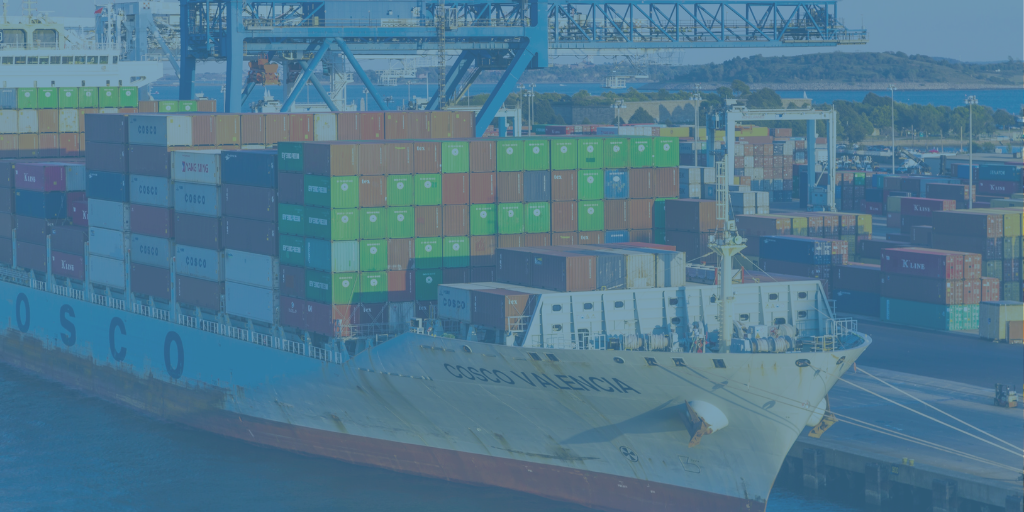How to Negotiate Shipping Rates - 4 Tips
Here’s what we learned about negotiating better shipping rates over the past 20 years of shipping. Freight is one of the top expenses for...

If you ship in high volumes, you are likely grasping at any way to save money right now on freight cost. We have been in this business for over 20 years—here are our top tips!
Over the past two years, the supply chain challenges have led to record price hikes. While experts expect some relief in 2022, shippers facing new deals are shocked to see some of the rates being offered. Execs at ocean-shipping companies expect many of their rates to double for new and renewing contracts. Domestic freight haulers are projecting double-digit increases in contract rates in 2022.
Since freight is one of the top expenses for companies, finding ways to manage your shipping costs is essential for profitability. Here's some of what we've learned about negotiating better shipping rates through the years that may help!
The greater the amount you ship, the more leverage you have. Carriers want to fill their trucks! The best transportation management systems (TMS) will provide historical volumes and other vital information to help you frame your RFP and better appeal to carriers.
Compare Rates for Unlimited Shipments - Freight RateHACKER
See if a different shipping mode is possible and what it might cost. You might find a less expensive option or use the information you gather to negotiate lower rates.
The various shipping modes include:
Gathering the data on your shipments and intentionally looking for alternative freight options can reduce shipping costs significantly because some modes are a lot less expensive. Shippers don't usually think about switching modes for freight, but sometimes you can save by doing just that.
There are many things you can negotiate, including fuel surcharges, freight rates, and accessorial fees.
Even if the first offer a carrier provides looks good, you're always better off trying to negotiate. If you do your research and know current rates, you can almost always negotiate past the first tender.
When it comes to contracts, you can also sign on with multiple carriers. This helps you ensure the best rates by comparing quotes from different carriers. However, if you do sign a contract, make sure you can live up to any volume commitments to avoid additional costs.
You may also have better bargaining power when you can make life easier for carriers. If you know what lanes they typically run and negotiate on those lanes, you can reduce the carrier’s expenses and may get a break yourself.
You may be able to negotiate on certain points to strike a better deal, including such things as offering:
Adjustable payment terms, such as faster or electronic payments on demand
If you don't keep your promises, carriers may not offer you the best deals or avoid working with you altogether. If you have a down year or your freight shipping volume is lower than normal, you may be responsible for additional fees. If you aren't sure you will meet volume commitments, don't include them in your RFP.
Let carriers know that you're putting out competitive bids, so they sharpen their pencils. If they're not the lowest bid, let them know they'll need to lower their rates to make the final cut—and be careful not to reveal the cards you are holding.
Make sure carriers know you have a TMS that lets you easily compare carrier rates and ranks them with the lowest price showing up first. When they know you're shopping around, they may be more motivated to give you better rates.
While spot rates are typically higher than contract rates, they fluctuate constantly. At the right time, you may see spot rates that are lower than your contract rates, which may allow you to switch carriers on a load or negotiate further with your current carrier.
It's important to note that you can negotiate spot quotes with a carrier you may have a contract with. If a load falls outside your contracted specifications, or if you feel you could obtain a better quote due to current demand, ask your carrier for a spot quote.
Want more options to save money and get your freight moving?
Check out our new ebook New Solutions to Improve Your Capacity and Access to Carriers for 2022! Learn tactics you can use from logistics experts!

Here’s what we learned about negotiating better shipping rates over the past 20 years of shipping. Freight is one of the top expenses for...

There are many things that influence shipping and freight costs, such as fuel cost, weather, trucker shortages, demand, freight class, what kind of...

FreightPOP investigates the current volatile rate market and offers tips on how to manage RFPs, contracts, and shipping costs heading into the rest...